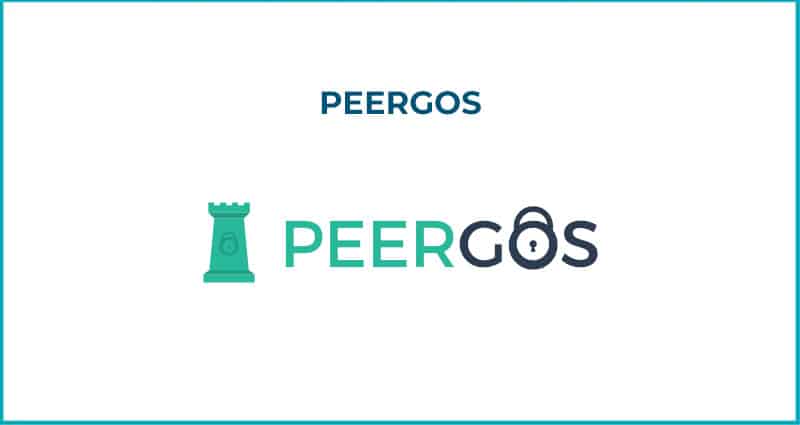
A Radically Different Internet:
From Platforms to Protocols
In the centralised era, social media was owned—by companies that dictated who could speak, what could be seen, and how interactions were monetised. Decentralisation breaks that model: instead of platforms, we build protocols—shared digital infrastructures that no single entity controls.

📌 Decentralisation vs Federation
While decentralisation refers to any system that operates without a central authority, federation is a specific model within that: multiple independent servers (or “instances”) connect and communicate through a shared protocol, like email or the Fediverse. Unlike purely peer-to-peer models, federation still involves infrastructure, but no single entity controls the entire network.
By removing the extractive layer, we redefine what social media is and why it exists:
From Engagement Manipulation → To Meaningful Interaction
From Data Exploitation → To Digital Sovereignty
From Walled Gardens → To Interoperable Networks
From Corporate Moderation → To Community-Driven Governance for safe interactions
This transition isn’t just about who owns social media—it’s about whether social media as a corporate venture should even exist.
So what comes next?
The Three Pillars of Post-Platform Social Media
Social media today is closed and extractive, but the federation has turned it into a digital commons. Instead of a single company owning the platform, independent communities connect through shared protocols.
📌 What changes? Social media shifts from a corporate-controlled service to a public utility, much like email.
- Interoperability: Platforms communicate freely, allowing users to move between services
- Community-driven moderation: No more corporate policies, moderation is handled locally.
- No single point of failure: If one network shuts down, others remain active.

NGI enablers: ActivityPub (Fediverse), Matrix, XMPP
💡 Strategic Shift: Instead of competing platforms, social media becomes an ecosystem of interconnected spaces, where users control the experience.
NGI Real-World Example: The Fediverse—a decentralised network of social platforms built on ActivityPub—exemplifies this shift. NGI-supported projects like Mastodon (microblogging), PeerTube (video sharing), and XWiki (collaborative knowledge-sharing) are proving that social media can function as an open and interoperable ecosystem rather than a closed, extractive system.
A key example, NGI’s Fediversity pilot is working to simplify and secure these platforms, ensuring they are accessible, user-friendly, and resilient alternatives to Big Tech’s control.
Federation still relies on servers, infrastructure, and hosting. But what if you removed even that?
Peer-to-peer (P2P) social networks eliminate the need for central servers, allowing users to store, share, and interact directly—without a middleman.
📌 What changes? Social media shifts from a hosted service to a self-owned, private network.
- Privacy-first by design—a third party never stores your data.
- Censorship-resistant—information flows freely, even in restrictive environments.
- Offline-first networks—communication persists even without internet access.
NGI enablers:: Secure Scuttlebutt (SSB), IPFS, p2panda
💡 Strategic Shift: Instead of logging into a platform, you become part of a network that exists as long as people use it.
NGI Real-World Example: among many others, NGI has funded Peergos, Secure Scuttlebutt (SSB), and p2panda, each demonstrating different aspects of P2P social media.
Peergos, built on IPFS, enables private, distributed data storage—giving users complete control over their digital footprint. SSB, meanwhile, offers a fully decentralised, append-only social network where trust is built cryptographically, not through platform policies. p2panda takes the P2P model even further, supporting local-first collaboration for applications that do not need constant internet connectivity.
Together, these projects prove that social media doesn’t need central servers to function—it can be user-powered, secure, and free from digital surveillance.

At its core, social media has always been about trust—who we follow, what we believe, and who gets to decide what is allowed. Today, that power sits with a few corporations. In a decentralised world, it returns to the people.
Identity management can be decentralised – using technologies such as Decentralised ID – or federated like with ActivityPub. Both approaches enable to benefit of the ‘network effect’ without centralisation.
📌 What changes? Social media shifts from top-down control to self-sovereign governance.
- Decentralised or federated identity: Users control their accounts, no company can ban them.
- Transparent governance: Rules are enforced by the community, not algorithms.
- Trust through cryptography, not corporations: Reputation systems, verifiable credentials, and community moderation create a self-regulating ecosystem.
- Fine grain moderation enables safe conversation unlike buzz-fueled and untrustable moderation from centralised platforms
✔ Trust through cryptography, not corporations – Self-sovereign identity (SSI) allows users to control their credentials and prove who they are without relying on a central authority. DAO (Decentralised Autonomous Organization) governance models distribute decision-making among members using blockchain-based voting mechanisms.
NGI enablers: Verifiable Credentials, Decentralised Identifiers (DID), DAO governance models
💡 Strategic Shift: Social networks become user-owned, transparent digital spaces where governance is open and accountable.
NGI Real-World Example: Decentralised identity is a major focus of NGI funding, ensuring users can exist independently of any corporate platform. In a system like SSB, identity is cryptographically secured, meaning your social connections exist even if a particular network disappears. In the earlier mentioned example, Peergos also uses encrypted, user-controlled access, proving that privacy and self-governance can go hand-in-hand.
This shift removes corporate control over digital identity, enabling an online world where you, not a company, decide how you exist online.

Final Thought: Decentralisation is Not an Alternative
—It’s a Cultural Reinvention
Decentralisation isn’t just about breaking up Big Tech—it’s about reclaiming the internet as a shared, open, and human-centric space. The NGI Impact Study shows that most of its funded projects in the space provide real alternatives to centralised platforms, with the Fediverse alone surpassing 3.2 million active users across 19,000 instances—proving federated networks are viable, scalable, and here to stay.
These projects aren’t just building alternatives; they’re shaping global standards. With NGI-backed innovations fueling ActivityPub, Verifiable Credentials, IPFS, and Secure Scuttlebutt (SSB), we are laying the foundation for a more open and sovereign digital future.
Like the Ship of Theseus, as we replace the extractive layers of social media, we must ask:
At what point does it stop being “social media” and become something entirely new?
That is the transformation ahead.
📌 Want to explore this shift?
Read the NGI Impact Study to see how decentralised social media is reshaping the internet—with users in control.
Select one of the projects on the right to learn more.







